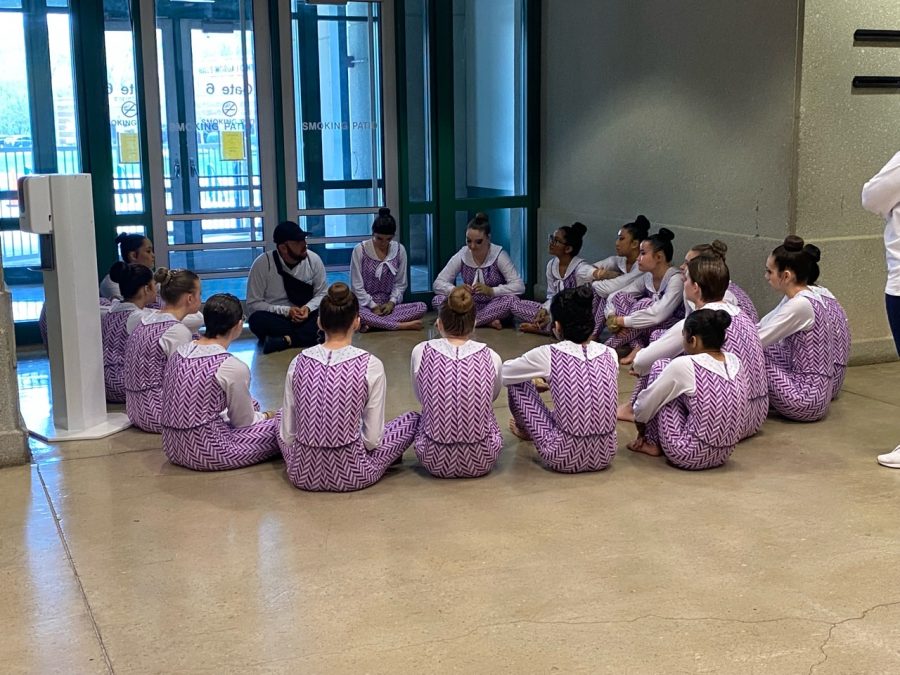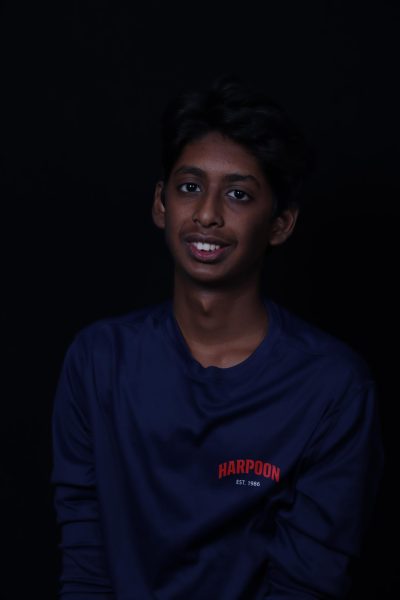Students are turning their musical ideas into fully produced tracks—all within the walls of a classroom.. Music Production, open to students in grades 10-12, teaches students how to compose, arrange, and produce music using digital tools.
Matthew Oakes, who teaches the class, emphasizes the courses’ hands-on approach. which allows students to experiment with various genres and production techniques.
“I’d recommend this course for students because it gives them a taste of many different genres of music and it gives students a chance to make music in a way that’s becoming more and more popular,” Oakes said.
In the class, students learn to navigate digital audio workstations (DAWs), gaining skills in both music fundamentals and genre-based composition.
“I think this class is unique because students get to use two different mainstream to the class,” Oakes said. “One is developing basic music fundamentals and the second is an introduction of different genres of music. The students get to use both and apply different music genres and fundamentals in composing a track,” Oakes said.
For sophomore Thanushri Sabapathy, the class has been an opportunity to explore digital composition and experiment with different sounds.
“I use digital softwares such as DAW to compose music digitally, and I feel like it is really interesting to learn how to make your own tracks instead of just listening to them,” Sabapathy said. “And it’s also a good flex—you could talk to your friends and tell them you made this song.”
The program primarily involves using built-in tools, but some students are eager to integrate live instruments into their work.
“There was a student this year who wanted to use their bass guitar in their track,” Oakes said. “We don’t have the equipment yet to hook up an instrument to the workstation, but hopefully, in the future, we can.”While the main focus is music composition, some students extend their projects beyond audio by creating accompanying visuals..
“I do audio, and in my own time, I make animation to go with the soundtrack,” Sabapathy said. “I’ve composed about 6 or 7 original tracks and also released a few of them on social media and my personal accounts,” Sabapathy said.
Students of all skill levels, from beginners to experienced musicians, are encouraged to join the class.
“There was a Google Form I filled out,and I don’t think there are any requirements, as there are people with different levels of experience in this class,” Sabapathy said. ”You can be a complete beginner or a pro and learn the same things.”
Mastering digital music production comes with challenges, from learning the software to understanding the nuances of composition.
“The first [challenge] is just learning the digital audio workstation, as it’s complicated and there are many buttons,” Oakes said. “But once they get used to that, I think the second challenge would be the students doing too much. Some of these music styles depend on repetition and simplicity and the track doesn’t always have to be fast.”
Sabapathy emphasized the dedication required to master the software, adding that as technology advances, DAWs are becoming more accessible to a wider range of users.
“We have a great program here at Rock Hill and I would say to take advantage of [it],”Thanushri said. “It takes a lot of time but the efforts are worth it.”


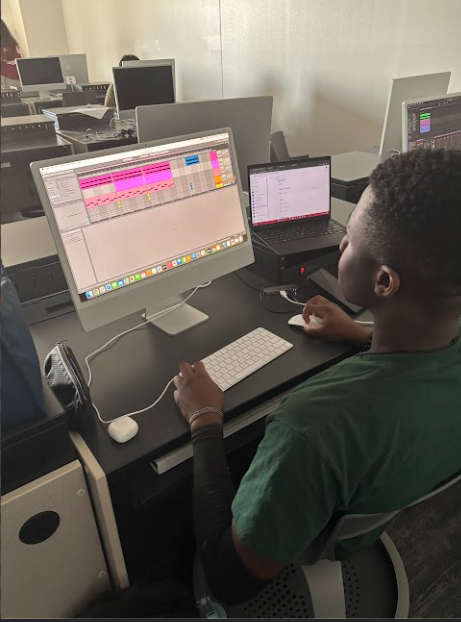
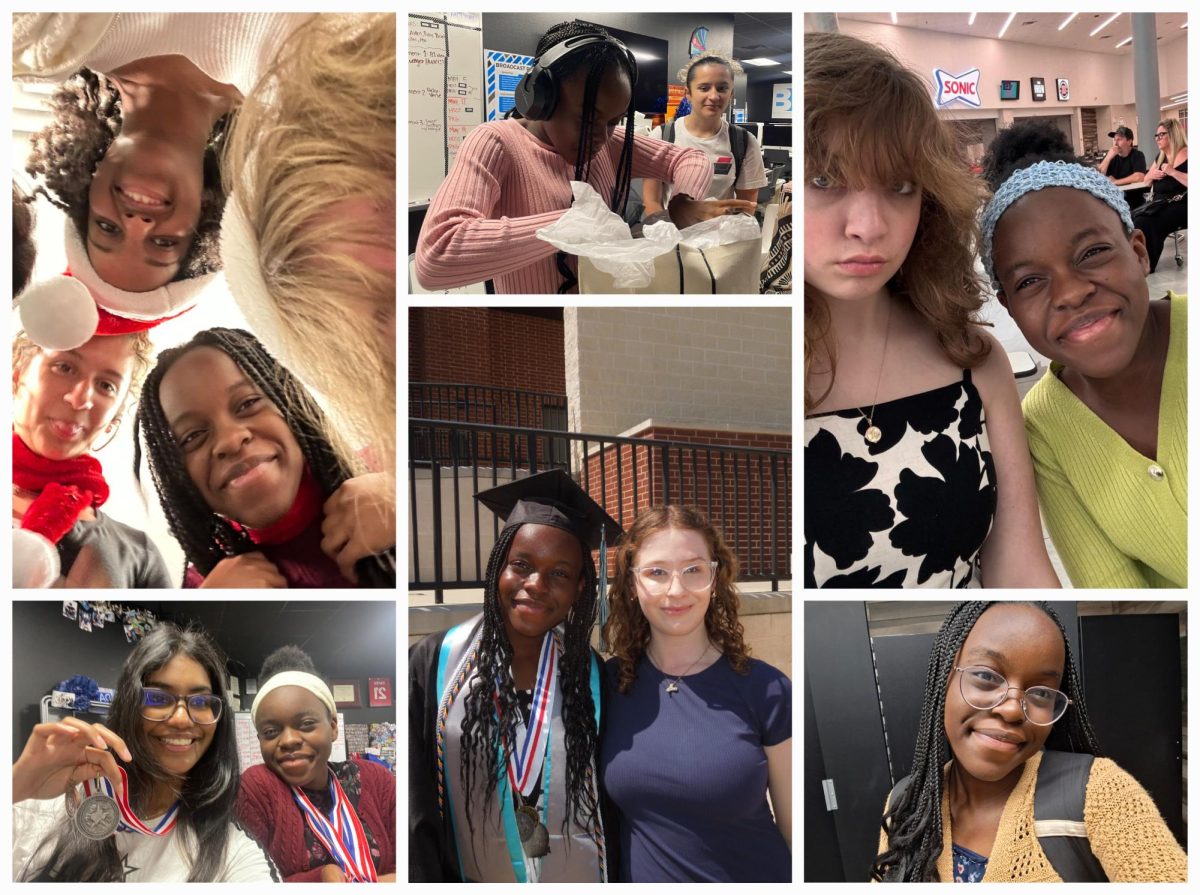
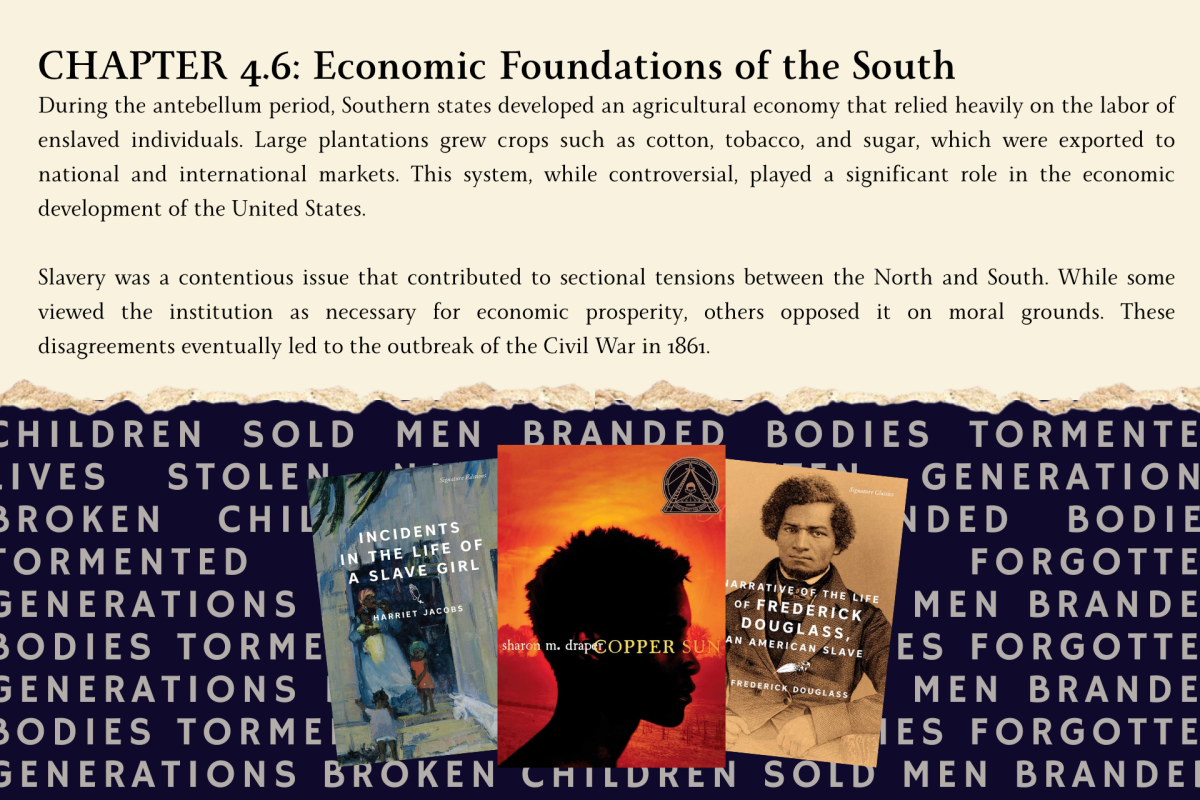

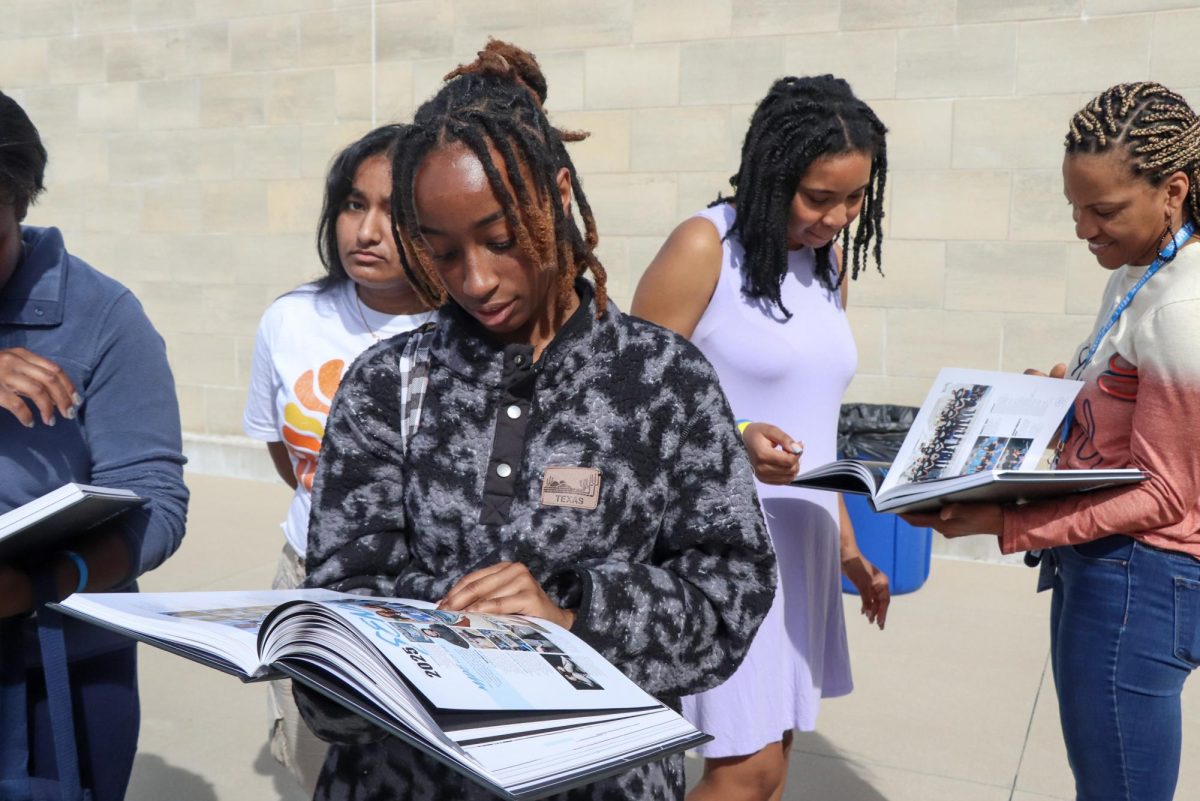
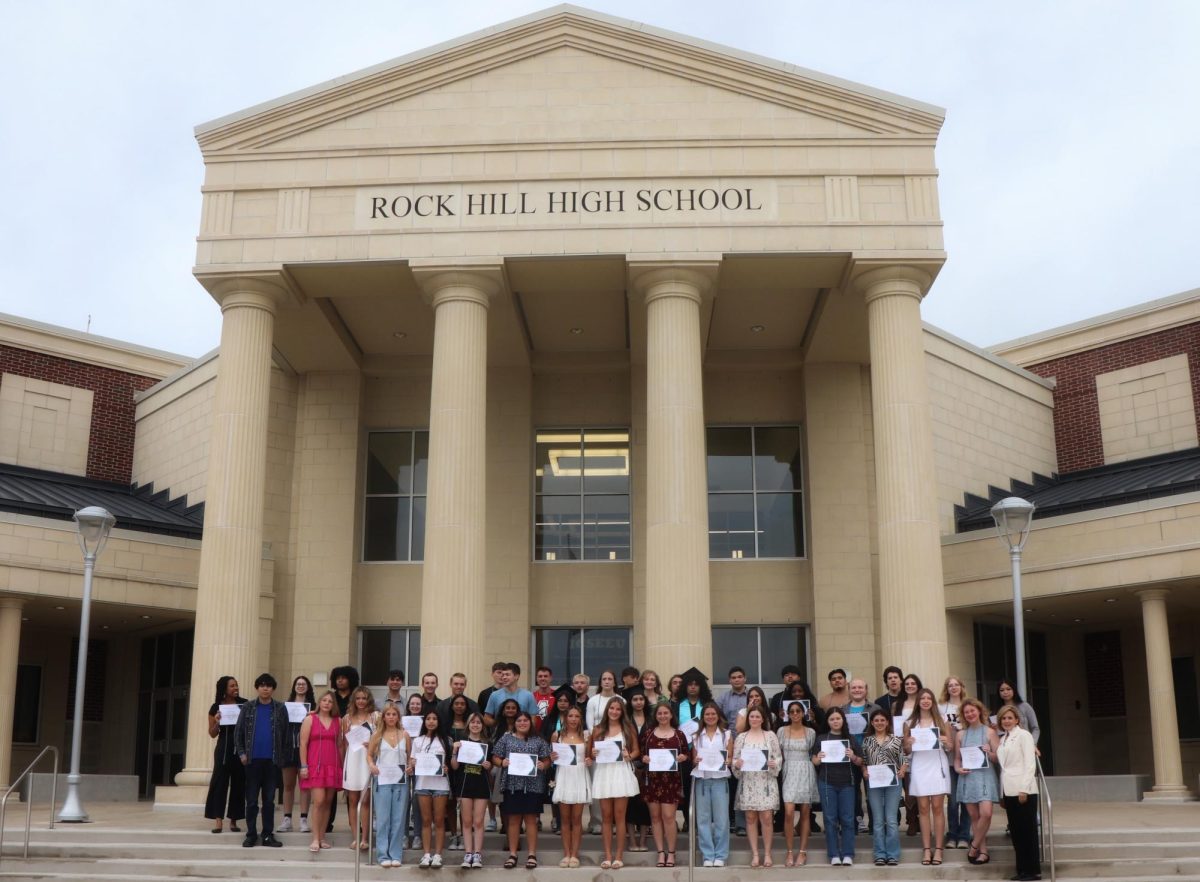
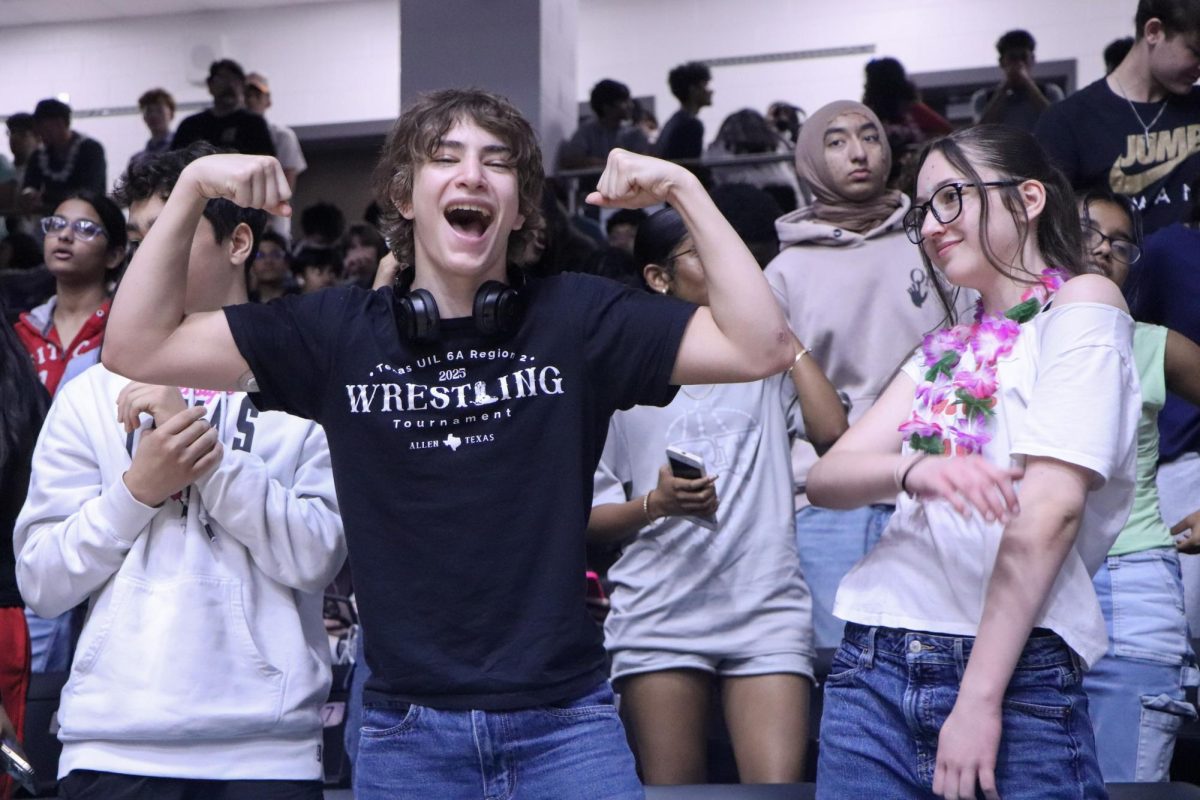
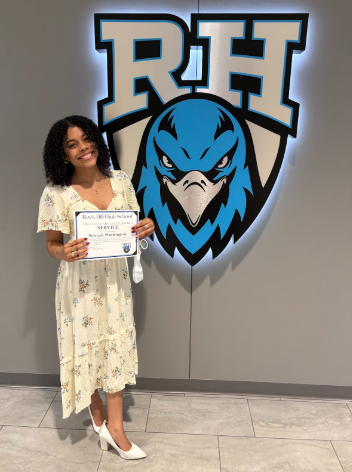
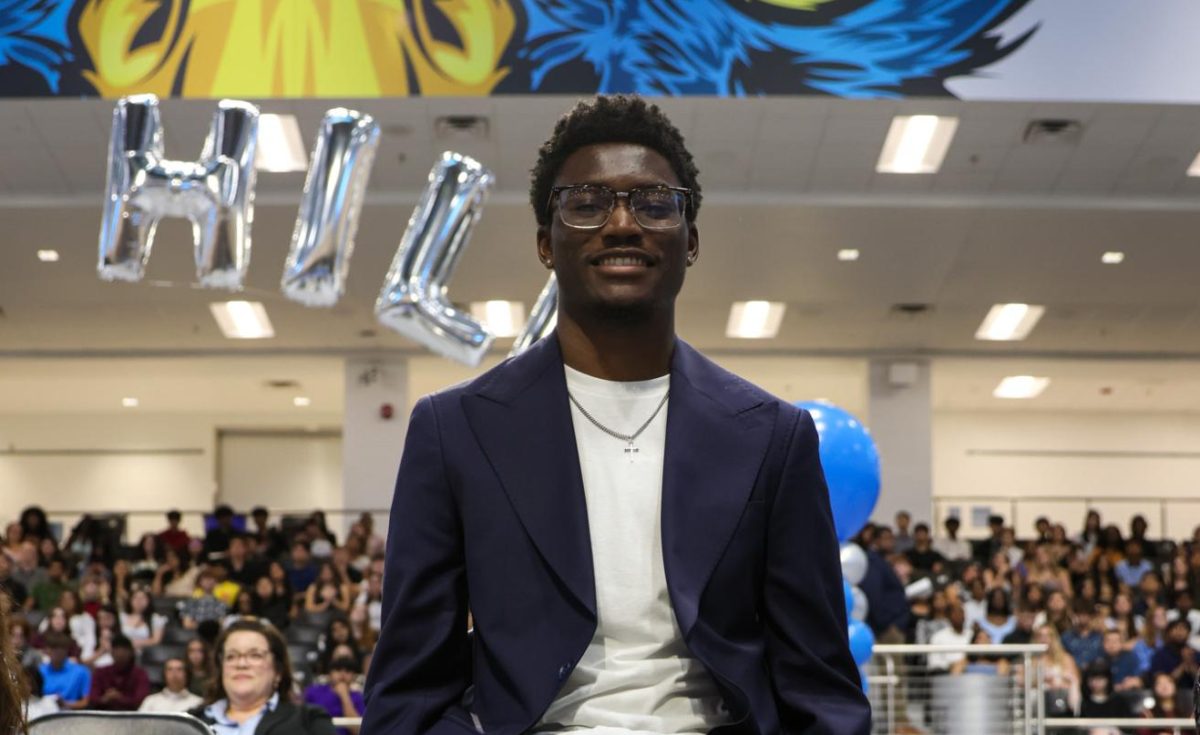
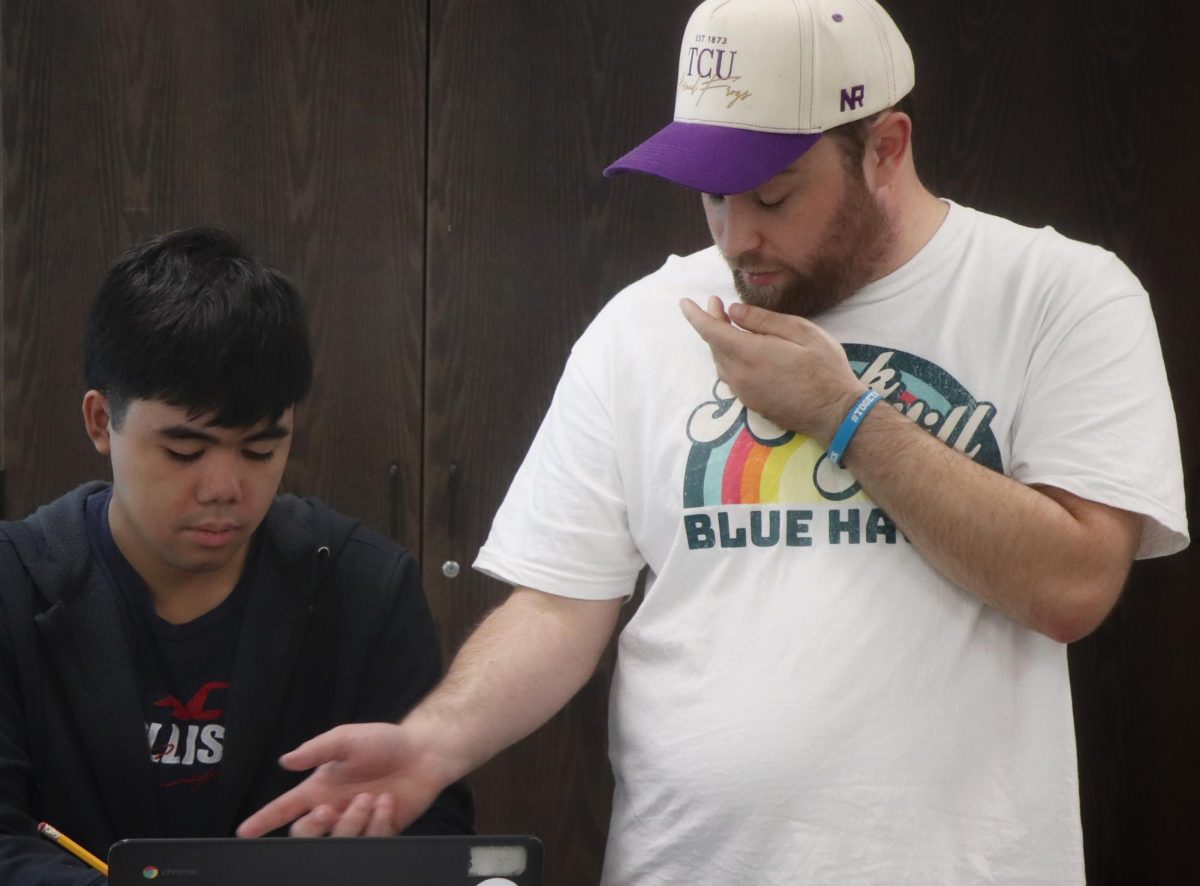
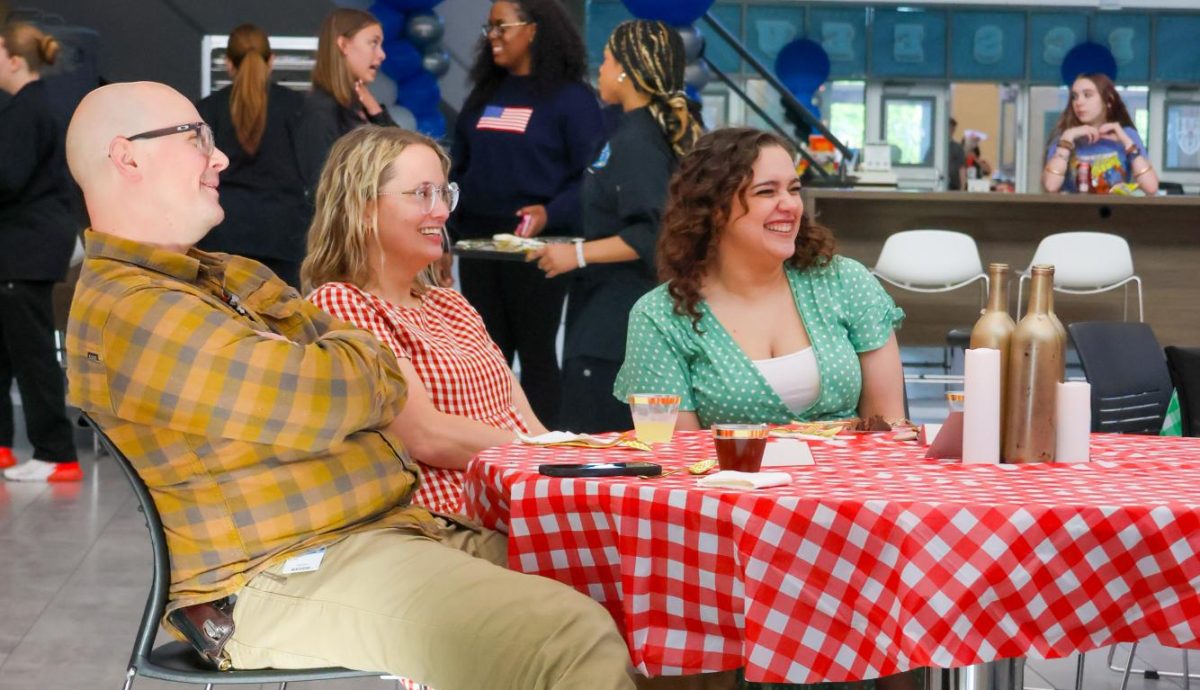
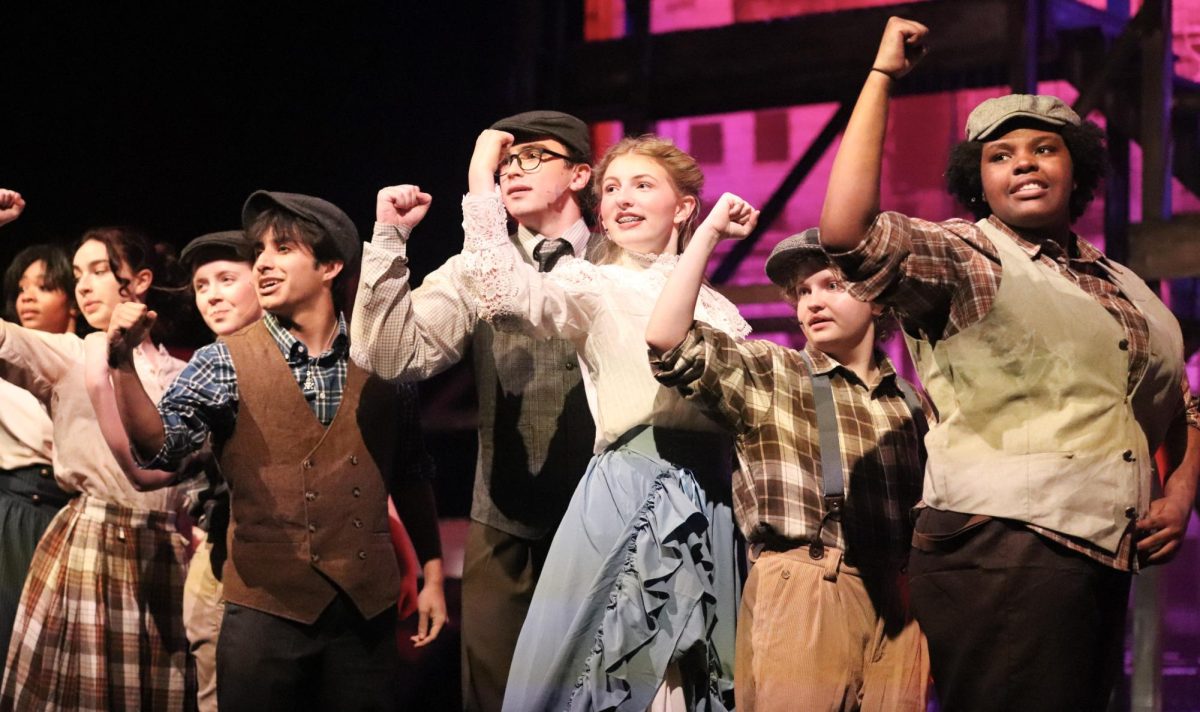
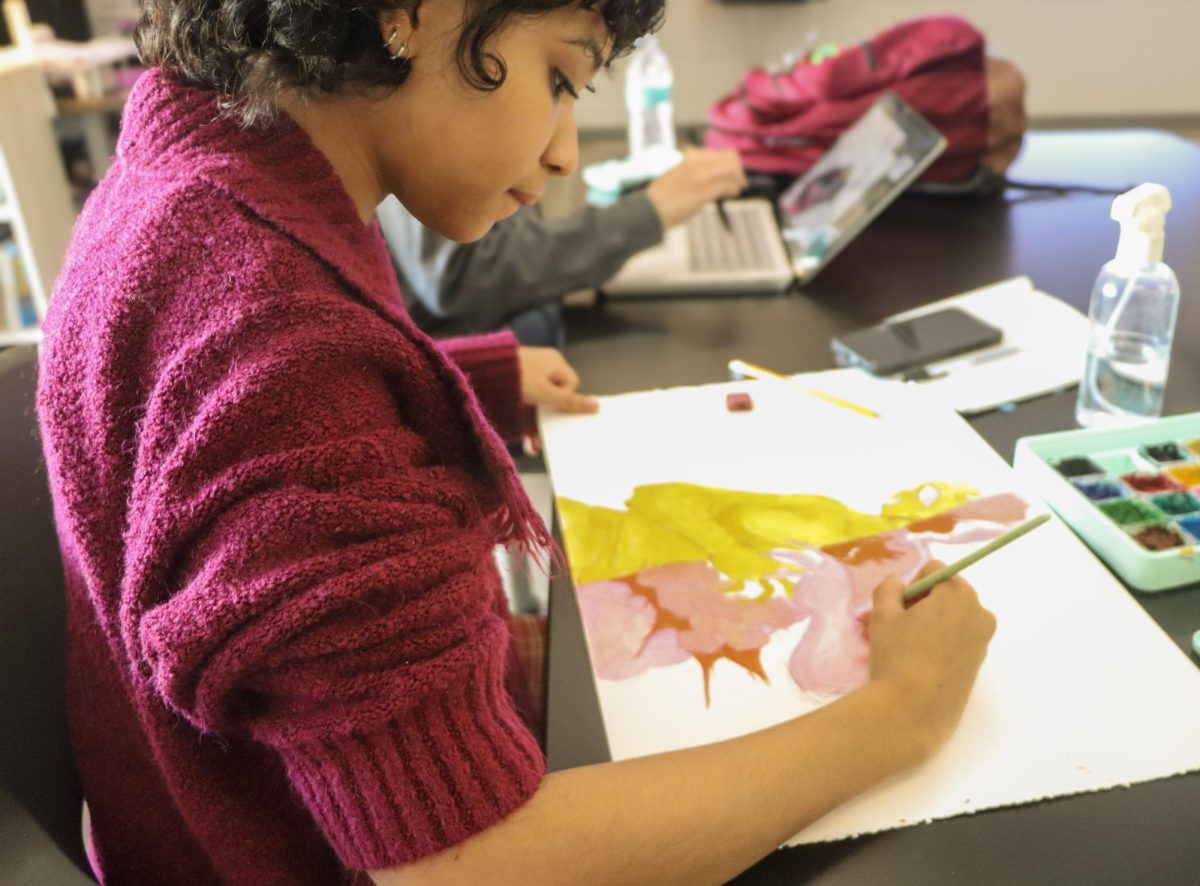
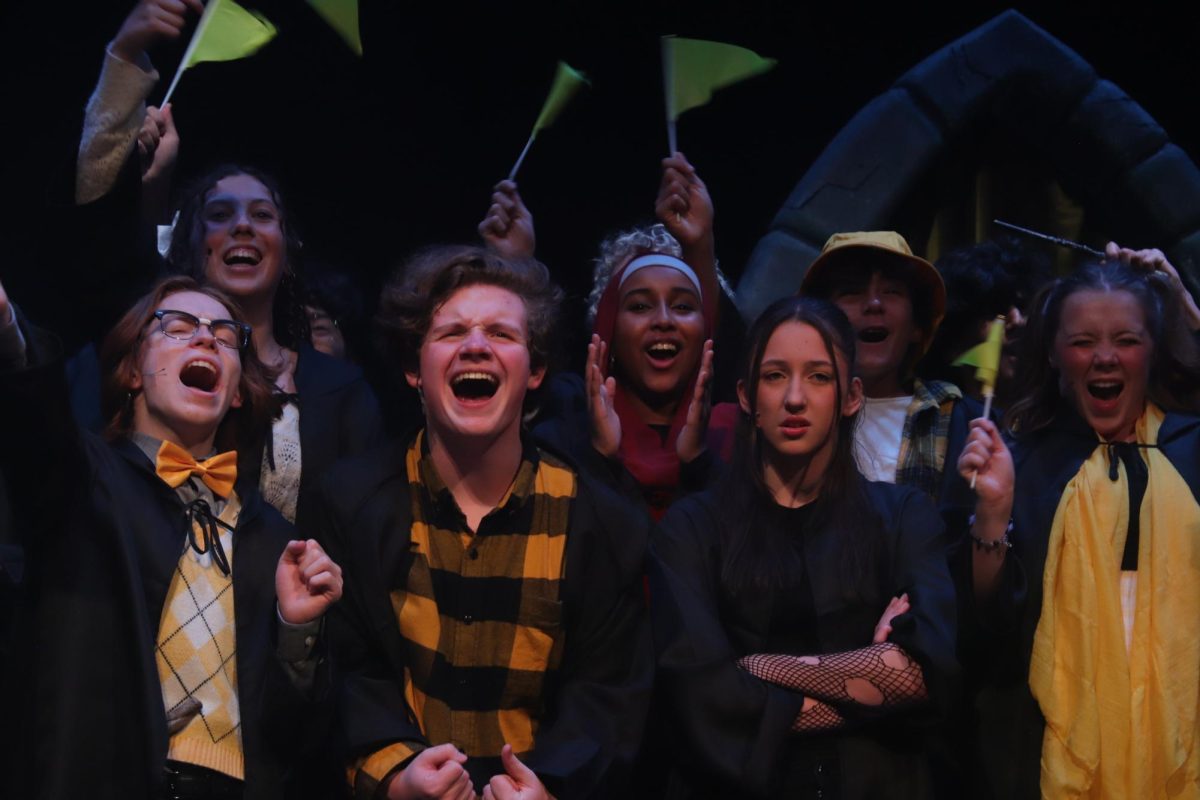

![Senior Manvi Srivastava applies a henna stencil on freshman Rithika Pasupulate. "A lot of people will think [henna] is just a religious thing," senior and Multicultural Society president Zeeya Merchant said. "But no, not at all. It's a cultural thing that can be shared with everyone." The booth raised approximately $100.](https://rockhillmedia.org/wp-content/uploads/2023/12/CF_Arts-Crafts-Fair_1209-17-1200x800.jpg)
